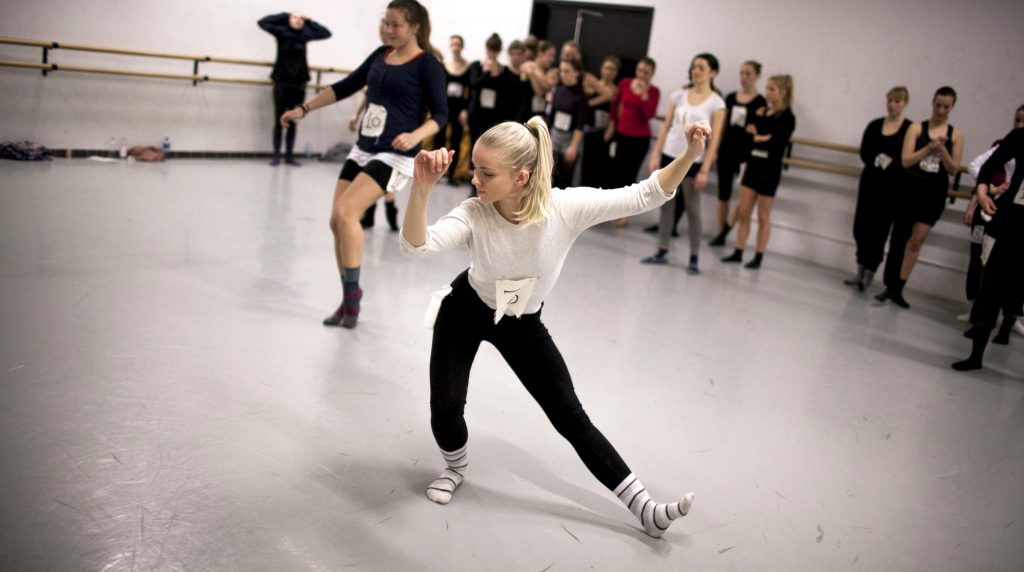Aside from watching auditionees dance an on-the-spot routine taught by a resident choreographer, many dance companies will want to see you dance independently during an audition. When selecting the pieces you will perform at an audition, you must ensure that you are well prepared. Here are tips to help you pick the perfect one for you in your next dance audition.
Preparing Your Dance Routine for a Dance Audition
Check dance audition guidelines.
Review the dance audition guidelines as there may be specific instructions to consider. The guidelines will be provided by the production, company, or school you are auditioning for. Understanding the provided guidelines may make the difference between a cut and a part! Before preparing for your dance routine, make sure to reach out to a staff choreographer or staff member if you’re unsure about anything listed on the audition or would like more clarification.
Pick from a preexisting choreography or create your own.
 theatrenerds.com
theatrenerds.comNow choose or create a dance routine that is appropriate for the school or company—meaning, don’t perform a jazz piece when applying to a ballet school. It should also be a dance routine that showcases your individual strengths and is a good representation of your skill level. Visualize ideas as you listen to the perfect song of the genre. Watch videos to inspire yourself. You don’t need to come up with concrete moves right away; just understand how you want to move according to the emotion and beat of the music. Start with the chunks that come easier, then build the rest of the choreography around them. After you’ve choreographed your favorite sets, give some love to the transitions. Find a way to unify the dance by having a common feeling or thread through the song.
Use your own strengths.
Pick or craft your solo choreography according to your own strengths and the audition’s requirements. If there is a certain style or technique you excel on, you can showcase it through your choreography. Choose your best, most striking moves. Aside from that, present your range through your steps and add in a trick or two. Just make sure you don’t overdo yourself. The panel knows when you’re trying too hard.
Rehearse frequently.
This might sound like it’s already a given, but dancers should rehearse adequately so that they can go beyond steps and technique to demonstrate personality, emotion, and artistic maturity. The piece you select to present should then be well rehearsed so you can perform it well while remaining relaxed and expressive, enabling you to dance to your best ability. Schedule frequent rehearsals for your routine. You’ll want to practice at least once a day. You will be able to memorize your routine more thoroughly by rehearsing often, letting you dance more confidently during the audition day. You may also find that as you dance, your routine may evolve. The more you practice, the better your routine will be.
Record your rehearsal sessions.
A basic video will do. Grab a smartphone and a volunteer or a tripod (or even prop your phone up at a suitable height, like on a desk or a pile of books), and get a recording of your full routine from multiple angles so you can see what you may be missing. Work on any skills or techniques you’re not confident with or haven’t yet mastered. Watch the footage to see where you may need to revise your steps.
Seek advice.
If there is something you are not sure about the upcoming audition or about your routine, seek some advice from the dance teacher who formerly educated you or is currently educating you. Your dance mentor will be able to give you guidance based on your genre and your dance routine, with help in areas such as content, preparation, and presentation. Just in case you are required to present more dance audition pieces, they may also help you prepare extra choreography for your dance audition.
Good luck!